Table of content
Noodles, a staple in countless global cuisines, hold a special place in kitchens worldwide. From the hearty ramen of Japan to the silken threads of Italian spaghetti, the art of cooking noodles transcends borders. Yet, for many home cooks, achieving that elusive balance between al dente perfection and mushy disaster remains a challenge. This is particularly true for stir-fried noodles, a category that demands precise timing to ensure the strands retain their bounce and structure even after a vigorous toss in the wok. The question at hand—how long should stir-fried noodles boil in water before they are ready?—is both simple and complex, hinging on variables like noodle type, thickness, and even altitude. This article delves into the science and craft of boiling noodles, offering a comprehensive guide to nailing the timing every time.
The Foundation: Understanding Noodle Varieties
Before timing the boil, it’s crucial to recognize that not all noodles are created equal. Stir-fried noodles encompass a vast family, including fresh egg noodles, dried wheat noodles, rice vermicelli, and even udon or soba, depending on the recipe. Each type has a unique composition and texture, directly influencing cooking time.
-
Fresh Noodles: These noodles, often found refrigerated or made at home, cook faster than their dried counterparts. Made with wheat flour, water, and sometimes egg, they have a softer texture and require minimal boiling—typically 2–4 minutes. Overcooking fresh noodles can turn them gummy, as their delicate structure breaks down quickly.
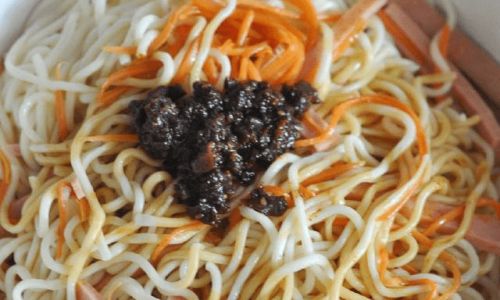
-
Dried Noodles: Dried noodles, which include most packaged varieties, undergo a dehydration process that extends their shelf life but also requires longer rehydration. Cooking times here range from 5–7 minutes for thinner strands (like lo mein) to 8–10 minutes for thicker types (e.g., udon). The key is to read the package instructions, as formulations vary by brand.
-
Rice Noodles: Common in Southeast Asian stir-fries, rice noodles (such as pad Thai noodles) are gluten-free and cook rapidly. Soaking them in hot water for 10–15 minutes before stir-frying is often recommended, but boiling times—if used—are brief (3–5 minutes) to prevent disintegration.
-
Glass Noodles (Cellophane Noodles): Made from mung bean starch, these translucent noodles cook almost instantly (2–3 minutes) and are prized for their chewy texture.
Factors Influencing Cooking Time
Beyond noodle type, several environmental and practical factors can alter boiling times. Mastering these variables is the hallmark of a seasoned cook.
-
Noodle Thickness and Shape: Thicker noodles (like udon) require more time to cook through than thinner ones (e.g., angel hair). Similarly, flat noodles (e.g., chow mein) may cook slightly faster than round ones due to increased surface area.
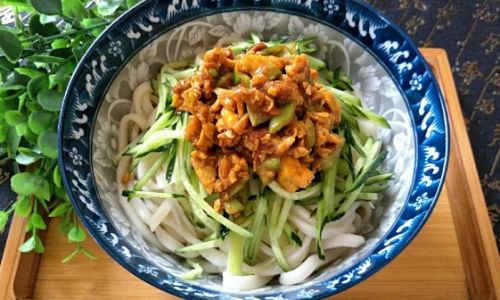
-
Altitude: At higher elevations, water boils at lower temperatures, slowing the cooking process. If you live above 3,000 feet, add 1–2 minutes to the recommended boiling time.
-
Stove Heat and Pot Size: A rolling boil ensures even cooking. Use a pot large enough to submerge noodles fully—overcrowding lowers water temperature and prolongs cooking. A 4-quart pot is ideal for 8 ounces of noodles.
-
Water Salinity: Salted water not only seasons the noodles but also raises the water’s boiling point, slightly accelerating cooking. Add 1–2 tablespoons of salt per liter of water.
-
Desired Texture: “Al dente” (Italian for “to the tooth”) refers to noodles cooked until tender but still firm. For stir-fries, slightly undercooking (by 1–2 minutes) is advisable, as the noodles will soften further during frying.
Step-by-Step Guide to Boiling Stir-Fried Noodles
Preparing the Pot
- Fill a large pot with water (4–6 quarts for 1 pound of noodles).
- Add salt (1–2 tbsp per liter) and bring to a rolling boil over high heat.
Adding the Noodles
- Gently separate strands to prevent clumping.
- Lower noodles into the water using tongs or a spoon, stirring immediately to prevent sticking.
Timing the Boil
- Fresh Noodles: 2–4 minutes. Test at 2 minutes by tasting a strand—it should be tender but with a slight resistance.
- Dried Wheat Noodles: 5–7 minutes for thin strands; 8–10 minutes for thick. Check at the lower end of the range.
- Rice Noodles: If boiling (rather than soaking), 3–5 minutes.
- Glass Noodles: 2–3 minutes.
Testing for Doneness
- Taste Test: The most reliable method. Bite into a noodle—it should be cooked through but not mushy.
- Texture Check: Throw a strand against a wall; if it sticks, it’s overcooked (this is less scientific but fun to try).
- Observation: Noodles should be uniformly pale, with no raw white streaks.
Draining and Rinsing
- Drain noodles in a colander, then rinse under cold water to halt cooking. This step is critical for stir-fries, as it removes excess starch and prevents clumping.
- Toss with a drizzle of sesame oil to coat strands, ensuring they don’t stick before stir-frying.
Common Mistakes to Avoid
- Overcooking: The cardinal sin of noodle cooking. Overcooked noodles become limp and break apart in stir-fries.
- Under-salting the Water: Noodles absorb salt as they cook, seasoning them from within. Skipping salt results in bland strands.
- Skipping the Rinse: Failing to rinse noodles after boiling leaves them sticky, leading to a clumpy stir-fry.
- Overcrowding the Pot: Too many noodles lower water temperature, causing uneven cooking.
- Ignoring Altitude Adjustments: High-altitude cooks must compensate for lower boiling points.
Post-Boiling Tips for Stir-Fry Success
- Oil Coating: After rinsing, toss noodles with oil (sesame, vegetable, or peanut) to prevent sticking. This also adds flavor.
- Prep Ingredients First: Noodles are best stir-fried immediately after boiling. Have all vegetables, proteins, and sauces prepped beforehand.
- Heat Control: Use high heat to sear noodles quickly, avoiding sogginess. Toss vigorously to coat evenly with sauce.
Regional Variations in Noodle Cooking
Noodle preferences vary widely across cultures, influencing boiling times and techniques.
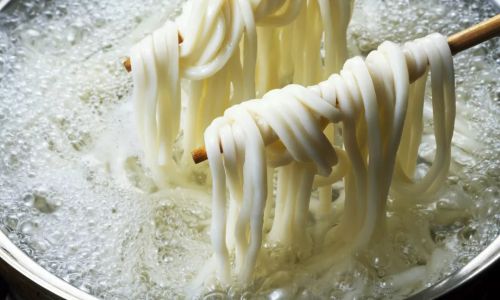
-
Chinese Stir-Fries (Lo Mein vs. Chow Mein):
- Lo mein: Fresh egg noodles boiled briefly (2–3 minutes) to retain softness, as they’re tossed with sauce.
- Chow mein: Thinner noodles parboiled, then fried until crispy. Boiling time is shorter (1–2 minutes) to avoid over-softening.
-
Japanese Yakisoba: Dried wheat noodles are boiled for 5–6 minutes, then stir-fried with vegetables and meat in a sweet-savory sauce.
-
Thai Pad Thai: Rice noodles are soaked (not boiled) in warm water for 10–15 minutes before stir-frying to prevent mushiness.
The Science Behind Starch Gelatinization
Noodle cooking is a chemical process called starch gelatinization. When noodles are boiled, heat breaks down starch molecules, causing them to absorb water and swell. This creates the soft, tender texture we associate with cooked noodles. Overcooking allows starch to leach out, resulting in a gluey consistency. Conversely, undercooking leaves starch granules intact, yielding a chalky texture.
Advanced Techniques for Home Cooks
- Double-Cooking Method: Parboil noodles, drain, and set aside. Just before stir-frying, briefly re-boil them to revive texture.
- Ice Bath Shock: For cold noodle dishes (e.g., Korean naengmyeon), shock boiled noodles in ice water to tighten texture.
- Flavor Infusion: Add aromatics (ginger, garlic, or herbs) to boiling water for subtle flavor.
Troubleshooting Guide
| Issue | Cause | Solution |
|---|---|---|
| Mushy noodles | Overcooking | Reduce boiling time by 1–2 minutes. |
| Sticky noodles | Insufficient oil or rinsing | Toss with oil after draining. |
| Raw centers | Uneven cooking (overcrowded pot) | Use a larger pot; stir frequently. |
| Bland taste | Under-salting water | Increase salt to 1–2 tbsp per liter. |
Conclusion: The Journey to Noodle Mastery
Cooking noodles to perfection is both an art and a science. While guidelines provide a roadmap, intuition honed through practice is equally vital. Experiment with boiling times, adjust for your stove and ingredients, and don’t fear the occasional misstep—even overcooked noodles can be repurposed in soups or fritters.
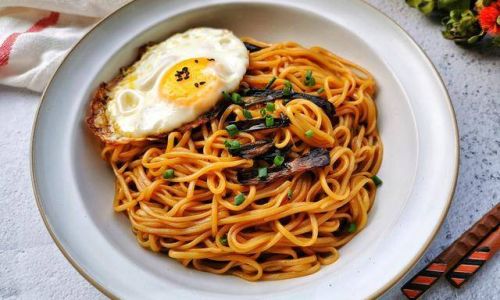
For stir-fried noodles, remember that the boiling phase is just the beginning. The real magic happens in the wok, where heat, oil, and seasonings transform humble strands into a symphony of textures and flavors. So boil with confidence, stir with vigor, and savor the results. Your next bowl of perfectly cooked noodles awaits—now, go make it unforgettable.
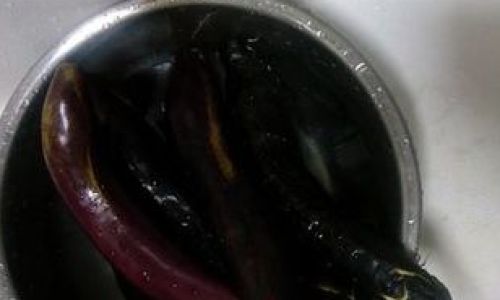
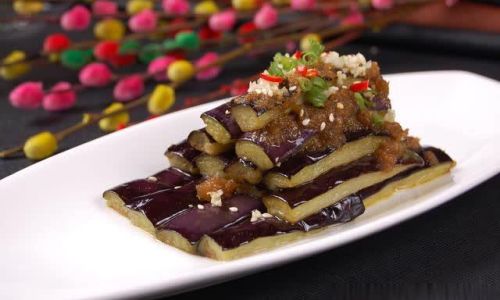
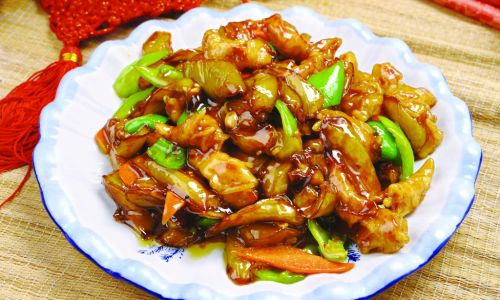
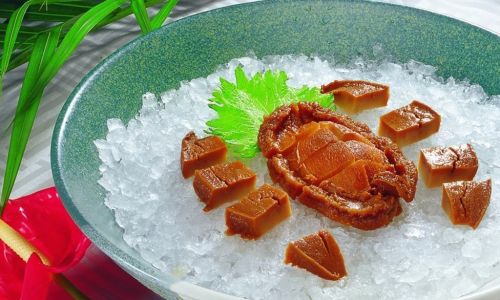
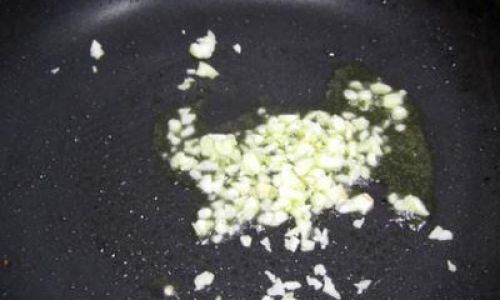
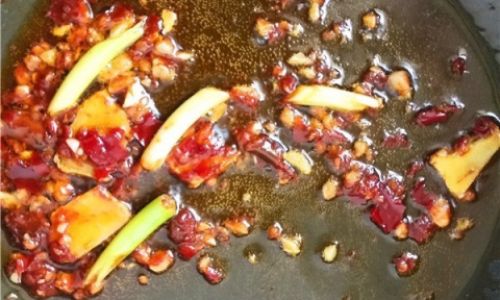
0 comments